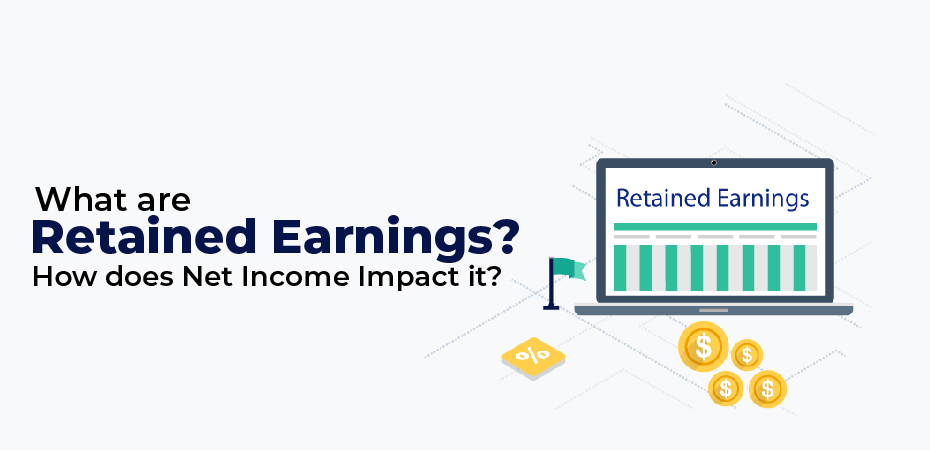Table of Contents
What are retained earnings? Generally, retained earnings (RE) are the accumulated profits of a business that are not distributed as dividends to shareholders, but instead are reinvested into the business. This type of funding is normally used for working capital and fixed asset purchases (capital expenditures), or for debt repayment.
A company’s retained earnings are reported on the balance sheet under the shareholder’s equity section at the end of each accounting period. Dividend payouts are subtracted from the beginning RE balance before adding the beginning RE balance to the net income or reducing the beginning RE balance by a net loss. Retained earnings are also summarized in a report called a statement of retained earnings, which details any changes in RE for a particular period.
The Purpose of Retained Earnings
Retained earnings represent a useful link between the income statement and balance sheet, since retained earnings are recorded under shareholders’ equity, which ties the two statements together. Retaining these earnings can have a variety of purposes. In addition to buying new equipment and machines, investing in research and development, or engaging in other activities that could potentially generate growth for the company. With this reinvestment, the company hopes to achieve even more earnings in the future.
When a company does not believe that it can earn a sufficient return on investment from those retained earnings (i.e., earn more than their cost of capital), it will often distribute those earnings as dividends or conduct share buybacks.
What is the Retained Earnings Formula?
The RE formula is as follows:
RE = Beginning Period RE + Net Income/Loss – Cash Dividends – Stock Dividends
Where RE = Retained Earnings
Beginning of Period Retained Earnings
The retained earnings are reported on the balance sheet as the accumulated income from the prior year (including the current year’s income), minus dividends paid to shareholders. The ending balance of RE from the previous accounting period will now become the beginning balance of retained earnings in the next accounting period.
As a result, the RE balance may not always show a positive number, as it may show that the current period’s net loss is greater than the RE beginning balance. A large distribution of dividends that exceeds the retained earnings balance, on the other hand, can cause it to go negative.
How Net Income Impacts Retained Earnings
The RE balance will be affected by any changes or movements in net income. The increase or decrease in net income or the incurrence of a net loss will contribute to either profitability or deficit in a business. Due to large, cumulative net losses, the Retained Earnings account can be negative. Naturally, the same items that affect net income also affect RE.
Sales revenue, cost of goods sold, depreciation, and other operating expenses are examples of these items. Non-cash items such as write-downs and impairments and stock-based compensation also affect the account.
How Dividends Impact Retained Earnings
Dividend distributions to shareholders can take the form of cash or stock. Both forms of dividend distributions reduce the value of RE. Dividends represent a cash outflow and are recorded as a reduction in the cash account. As a result, the value of a company’s balance sheet and assets are reduced since the company no longer owns liquid assets.
Dividends from stocks, however, do not require a cash outflow. Instead, a portion of the RE is reallocated to common stock and additional paid-in capital accounts. In addition to decreasing the stock’s per-share value, this allocation has no effect on the company’s overall balance sheet.
End of Period Retained Earnings
For the balance sheet, you can calculate the final Retained Earnings balance at the end of the period. Dividends are subtracted from the beginning period, net income is added, and then the net loss is added back.
Applications in Financial Modeling
Financial modeling requires a separate schedule for modeling retained earnings. The schedule uses a corkscrew calculation, where the current period opening balance equals the previous period closing balance.
Between the opening and closing balances, the current period’s net income/loss is added and dividends are subtracted. Finally, the closing balance of the schedule is linked to the balance sheet.

